How to Use Life Insurance as Collateral for a Loan
How to Use Life Insurance as Collateral for a Loan

1. What Is Collateral Assignment?
A collateral assignment is when you use your life insurance policy as security for a loan. If you pass away before the loan is paid off, the lender gets paid first from the death benefit—up to the amount you owe. Whatever is left goes to your chosen beneficiary.
2. Why Lenders Accept Life Insurance as Collateral
Lenders (usually banks or private student loan companies) want to make sure they’ll be repaid, even if something unexpected happens. By assigning your life insurance policy as collateral, you give them peace of mind that the loan will be covered.
3. Step-by-Step: How You Can Use Life Insurance as Collateral
Step 1: Choose the Right Policy
- Most lenders prefer whole life, universal life, or indexed universal life (IUL) policies because they have a guaranteed death benefit.
- Some lenders may allow term life, but it must last at least as long as the loan.
Step 2: Apply for the Loan and Notify the Lender
- When applying for a personal or private student loan, let the lender know you intend to use a life insurance policy as collateral.
Step 3: Set Up the Collateral Assignment
- After the loan is approved, request a collateral assignment form from your life insurance company.
- Complete the form, naming the lender as the “assignee” (the party who will be paid first from the death benefit if you pass away).
- Submit the form to both the insurance company and the lender for approval.
Step 4: Maintain the Policy
- You must keep the life insurance policy active by paying premiums.
- If you cancel the policy or it lapses, the lender may require you to provide a new form of collateral.
Step 5: Loan Repayment and Release
- Once the loan is paid off, the lender will issue a release of the collateral assignment, and the full death benefit will revert to your chosen beneficiary.
4. Who Will Accept Life Insurance as Collateral?
- Private student loan companies (not federal loan providers)
- Banks and credit unions (for personal loans, business loans, or lines of credit)
- Some specialty lenders (especially for larger loans or where traditional collateral isn’t available)
5. What You Should Know
- The policy must be large enough to cover the loan amount.
- Not all lenders accept life insurance as collateral—she should check with her loan provider first.
- She keeps ownership and control of the policy, but the lender is paid first if something happens.
- This is a common, accepted practice for securing loans, especially for students, business owners, or those with limited assets.
Visual Summary
- Take out a life insurance policy (whole, universal, or term—must match loan term).
- Apply for a student, personal, or business loan with a lender who accepts life insurance as collateral.
- Assign the policy to the lender using a collateral assignment form.
- If you pass away before the loan is paid off:
- Lender is paid the remaining balance from the death benefit.
- Any leftover benefit goes to her chosen beneficiary.
- If you pays off the loan:
- The assignment is removed, and her beneficiary receives the full death benefit.
Sample Script for You to Use with a Lender:
“I’m interested in using a life insurance policy as collateral for my $$ loan. Do you accept collateral assignment of life insurance, and if so, what are your requirements for the policy type and coverage amount?”






